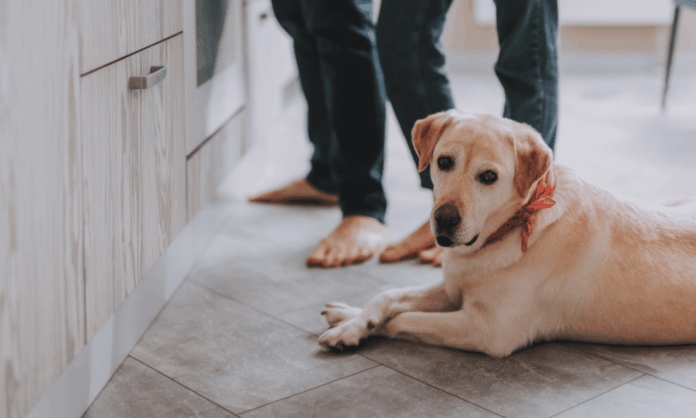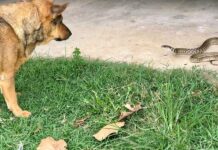The Ultimate Guide to Pet-Safe Pest Control for Homeowners
As any pet owner will attest, the safety and wellbeing of our furry companions is paramount. One essential aspect of pet care is ensuring effective pest control around the home. Pests can pose significant health risks to pets, along with the potential for property damage. Additionally, many people find pests simply unappealing.
The Balancing Act of Pest Control
Spotting a few ants may not warrant an immediate reaction; pest control requires a nuanced approach to achieve safety without jeopardizing your pet’s health. Fortunately, there are several strategies pet owners can implement to prevent infestations and combat pests safely.
1. Make Your Home Pest-Resistant
Pests thrive in accessible environments. Homeowners can deter pests by making it difficult for them to gain entry.
Here are some effective measures to fortify your home:
- Seal cracks and gaps in the exterior walls, paying special attention to openings in siding and the roof.
- Use spray foam to fill large vents, particularly soffit gaps.
- Apply mesh to cover entrance holes.
- Utilize caulking and weatherstripping around windows and doors for an airtight seal.
Make sure to maintain your yard by keeping it clean and tidy. Remove wood piles close to your home, as they can attract pests. Clearing away old leaves and standing water will further reduce outdoor pest habitats. Consider planting pet-safe pest-repellent plants like basil and lavender, which are unappealing to pests but safe for animals.
2. Identifying Pests
Understanding the type of pests you’re dealing with is pivotal in tailoring an effective treatment plan. Familiarize yourself with common household pests and the signs of their presence.
Here are some indicators to look out for:
- Chewed wiring or insulation indicates rodents.
- Termites may leave small holes in drywall.
- Bloodstains and musty odors on mattresses are signs of bed bugs.
- Fleas may show up as small black or brown dots on light-colored fabrics.
- Nutshells in attics can indicate squirrels.
Utilizing identification tools can assist in accurately recognizing the types of pests invading your home. Knowing what you’re facing will help you develop a targeted strategy that safeguards your pets.
3. Choose Pet-Safe Pest Control Methods
When treating infestations, selecting pet-safe products is essential.
There are several natural pest control options that effectively deter pests while maintaining pet safety. Strong scents, such as those from soaps and coffee, are particularly effective. Introducing biologics, like nematodes that feed on pest eggs and larvae, is an environmentally friendly method. Additionally, consider using carnivorous plants, such as pitcher plants and Venus flytraps, to naturally manage household pests.
For homemade treatments, you might try:
- Vinegar and soap traps for fruit flies and gnats.
- A tea tree oil and water spray for roaches.
- A peppermint oil and water mix to deter spiders.
Apply these natural remedies to baseboards and corners where pests frequent. These treatments should be safe for pets, but always check for any potential allergies.
Conclusion: Prioritize Pet Safety in Pest Control
Effective pest management can coexist with pet safety. Pet owners should consistently monitor for signs of pests and eliminate potential entry points. Regularly check pets for fleas and ticks, address any pest issues promptly, and ensure that any treatments utilized are safe for animals. If the situation seems unmanageable, consider calling in professional pest control services that specialize in pet-friendly treatments.
Did you find this guide helpful? Pin it for future reference!













